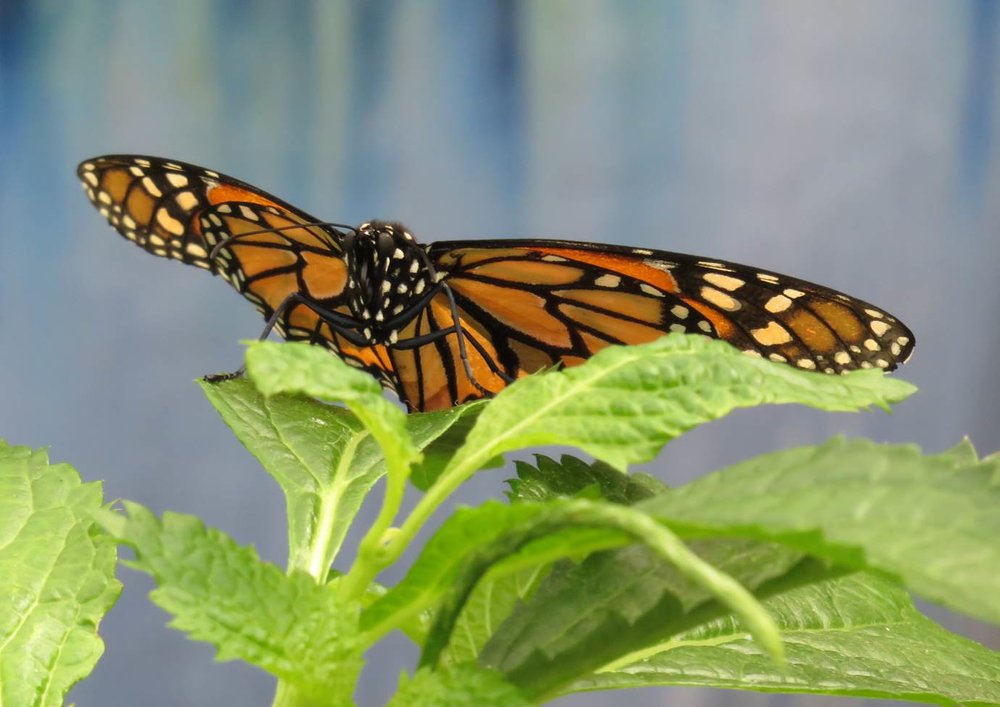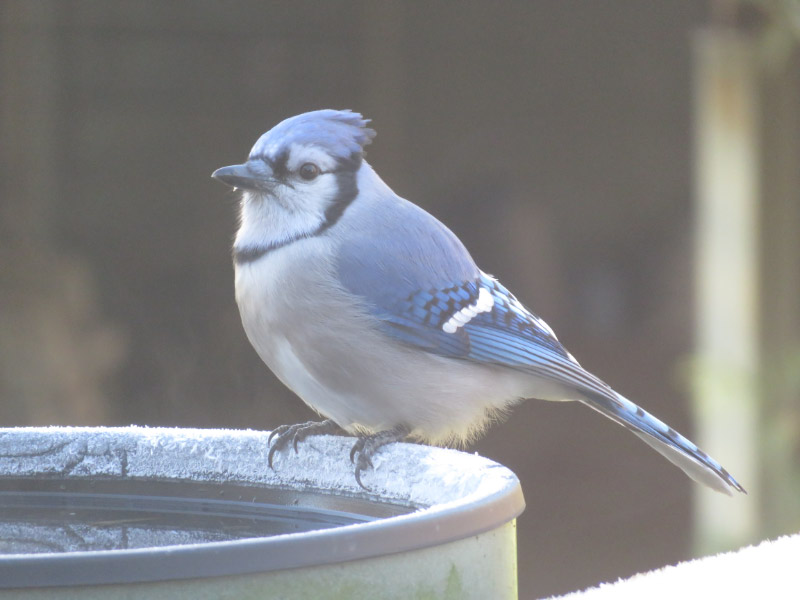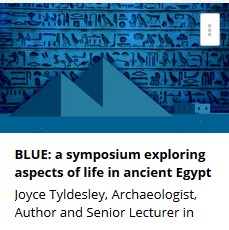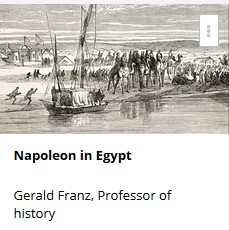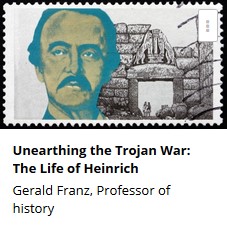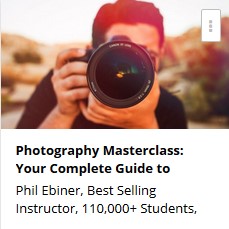Gleanings of the Week Ending July 2, 2016
/The items below were ‘the cream’ of the articles and websites I found this past week. Click on the light green text to look at the article.
8 Ways to Protect your Eyes if you stare at Screens All Day – You probably have heard of most of these before….but how many do you actually include in your day to day screen time? I just recently got computer glasses…now wish I would have done it years ago.
The Rabies Vaccine Backstory – A little bit of medical history for the week.
Ten simple rules to use statistics effectively – The report is intended for the research community – but it seems like just about everyone needs to understand these. We are bombarded by statistics at every turn…and many times they are coming from outside our area of expertise; we have to make a conscious decision about how ‘real’ what they reveal might be.
Are your pipes made of lead? Here’s a quick way to find out – With Flint, Michigan’s problems with lead in their water supply being in the news, why not do a quick check to see if the pipe bringing water into your house are made of lead?
CDC to Track Algal Blooms – Evidently algal blooms have become enough of a health hazard to warrant this step.
4,200-year-old Egyptian Temple Discovered to have Remarkably Well Preserved Artwork – Images of the same temple from several photographers. One show half the ceiling cleaned…half still covered with soot. I wondered if the soot actually served to protect some of the pigment from being scoured by sand over the years.
Journey Through the Largest Cave in the World – It’s a cave discovered in 2009 in Vietnam. There are sinkholes that allow light into parts of the cave…a jungle inside the cave.
No association between ‘bad cholesterol’ and elderly deaths – Systematic review of studies of over 68,000 people…questions about the benefits of statin drug treatments for them. Older people with high level of a certain type of cholesterol (low-density lipoprotein) actually live as long, and often longer, than their peers with low levels of this same cholesterol. This implies that what is true for cholesterol for young and middle-aged people is not for older people!
A virtual field trip to the Giant’s Causeway, Northern Ireland and Siccar Point, Scotland – Some online geology!
Hubble Images of Jupiter’s “Northern Lights” are Amazing! – Something new to know about Jupiter – it has a much stronger magnetic field than Earth…and Aurora’s along with it.

